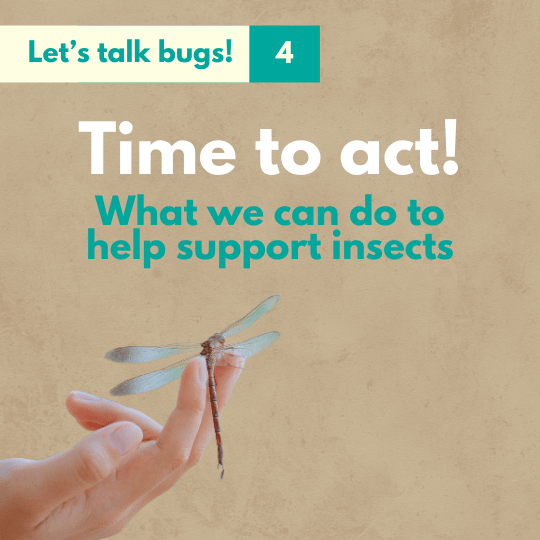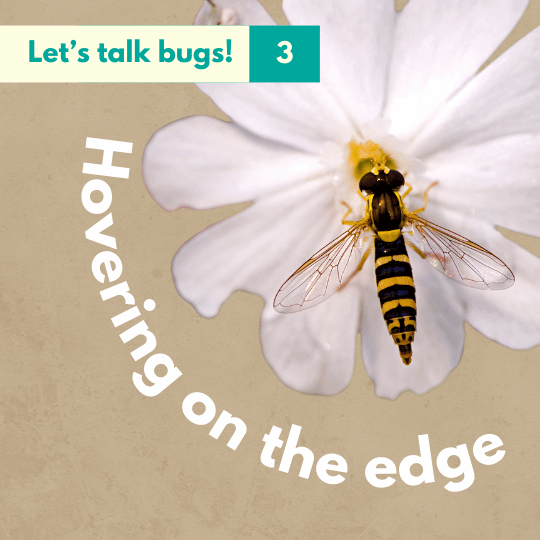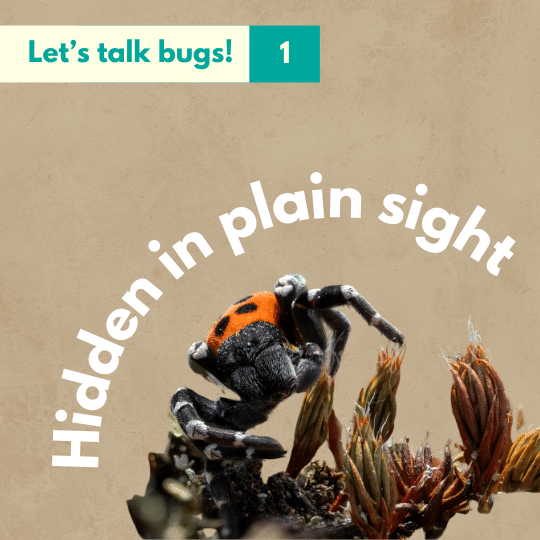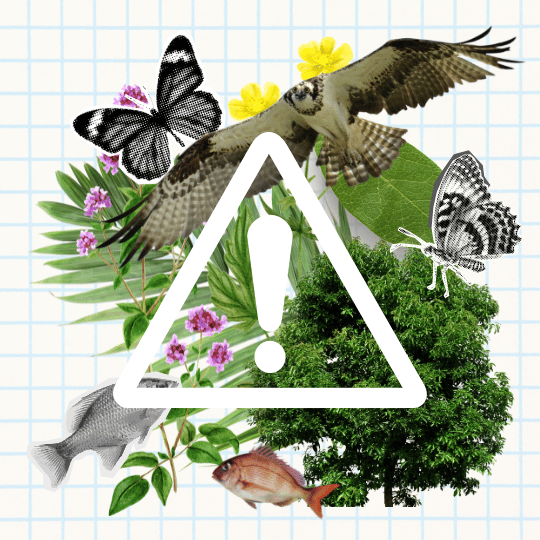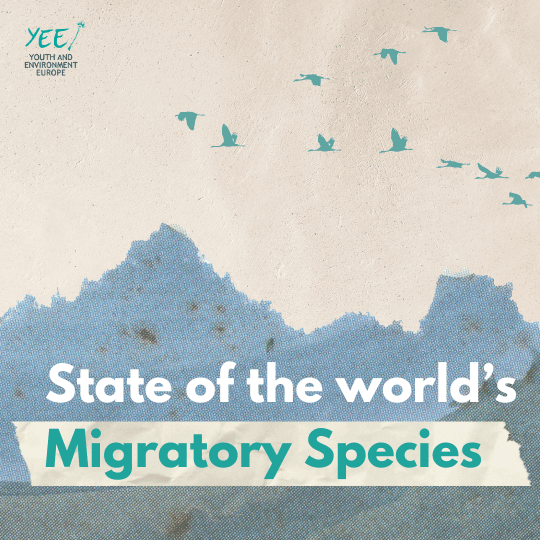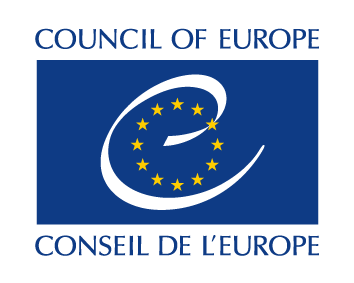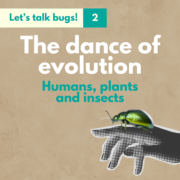
Written by

Emilie Tamo Kamguia
Contents






Share this article
Have you ever wondered how the intricate relationship between insects, plants, and humans came to be? Let’s travel through time to uncover the fascinating coevolution of these vital partners that had a major role in shaping our modern world.
In the Beginning: Insects and Plants
The earliest insects emerged around 400 million years ago, long before humans. As plants began to colonise land, insects evolved to exploit the resources that plants provided.
Did you know pollinating insects are far more diverse than bees? They include species of flies, beetles, moths, butterflies, wasps as well as ants. Those pollinators coevolved with flowering plants, called angiosperms, that appeared around 170 million years ago. In exchange for pollinating services, those plants reward insects with food such as nectar. Pollen itself is a source of nutrients as well for some species like wasps! This mutually beneficial relationship allowed angiosperms to diversify extensively.
We owe the most famous example of this coevolution to Darwin. The scientist predicted that Angraecum sesquipedale, a Malagasy orchid with 30cm nectar spurs, must be pollinated by a hawk moth with an extremely long tongue (proboscis). Some plants like Ophrys apifera even mimic the appearance and scent of female bees to attract male pollinators, thus exploiting this relationship.
The Agricultural Revolution: Insects and Humans
As humans transitioned from hunter-gatherer societies to agricultural ones around 10,000 years ago, the role of insects became even more crucial. Early farmers harnessed the power of pollinators and pest controllers. The domestication of honeybees such as the European honeybee (Apis mellifera), for honey and crop pollination is one of the most significant examples of the use of insects for agricultural purposes.
However, not all interactions were beneficial. The European corn borer (Ostrinia nubilalis), became notorious for its ability to devastate corn crops. This led to the development of early pest control methods, illustrating the complex and sometimes adversarial relationship between humans and insects.
The Industrial Age : Insect Decline
The industrial revolution led to significant changes in agriculture in order to increase productivity: mechanisation, modernisation, monoculture and increased pesticide use. They all heavily altered the dynamics between humans, plants, and insects. In the mid-20th century, following World War Two, the widespread use of DDT* caused severe declines in pollinator populations. This broad spectrum pesticide kills pests and other insects such as bees without distinction and is responsible for long term toxicity.
This example among many led to a reevaluation of pest management practices and interdiction of particularly dangerous molecules. Therefore, DDT was banned from agricultural use worldwide in 2001.
*DDT : Dichlorodiphenyltrichloroethane
Contemporary times and Beyond: Insect Conservation
In contemporary times, the situation has grown even more complex. Human induced threats such as habitat loss, climate change, and spreading of invasive species threaten insect populations, as well as human health. Showing a renewed appreciation for insects’ roles in our ecosystems and everyday life, conservation efforts are made to restore and protect their habitats and diversity. In Europe, initiatives such as the EU Pollinators Initiative aimed to address these challenges by promoting sustainable agricultural practices, conservation strategies, and supporting research on pollinator health. Numerous environmental organisations are advocating for reduced pesticide use and increased biodiversity in agricultural landscapes to support insect populations.
As we look to the future, the coevolution of humans, plants, and insects will undoubtedly continue to shape our world. Understanding and preserving these relationships is crucial for maintaining biodiversity and ensuring food security!
More articles about biodiversity
Our mission
 YEE aims to unite environmental youth non-profit organisations in Europe in order to enhance international cooperation, increase knowledge about the climate crisis, raise awareness of environmental problems and to strengthen participation of youth in environmental decision-making.
YEE aims to unite environmental youth non-profit organisations in Europe in order to enhance international cooperation, increase knowledge about the climate crisis, raise awareness of environmental problems and to strengthen participation of youth in environmental decision-making.
Information
Get in touch
Vinohradská 2165/48
120 00 Praha 2 – Vinohrady
Czech Republic
E-mail: yee@yeenet.eu
We are supported by
Supported by the Council of Europe through the European Youth Foundation.
Co-funded by the European Union. Views and opinions expressed are however those of the author(s) only and do not necessarily reflect those of the European Union or the European Education and Culture Executive Agency (EACEA). Neither the European Union nor EACEA can be held responsible for them.


